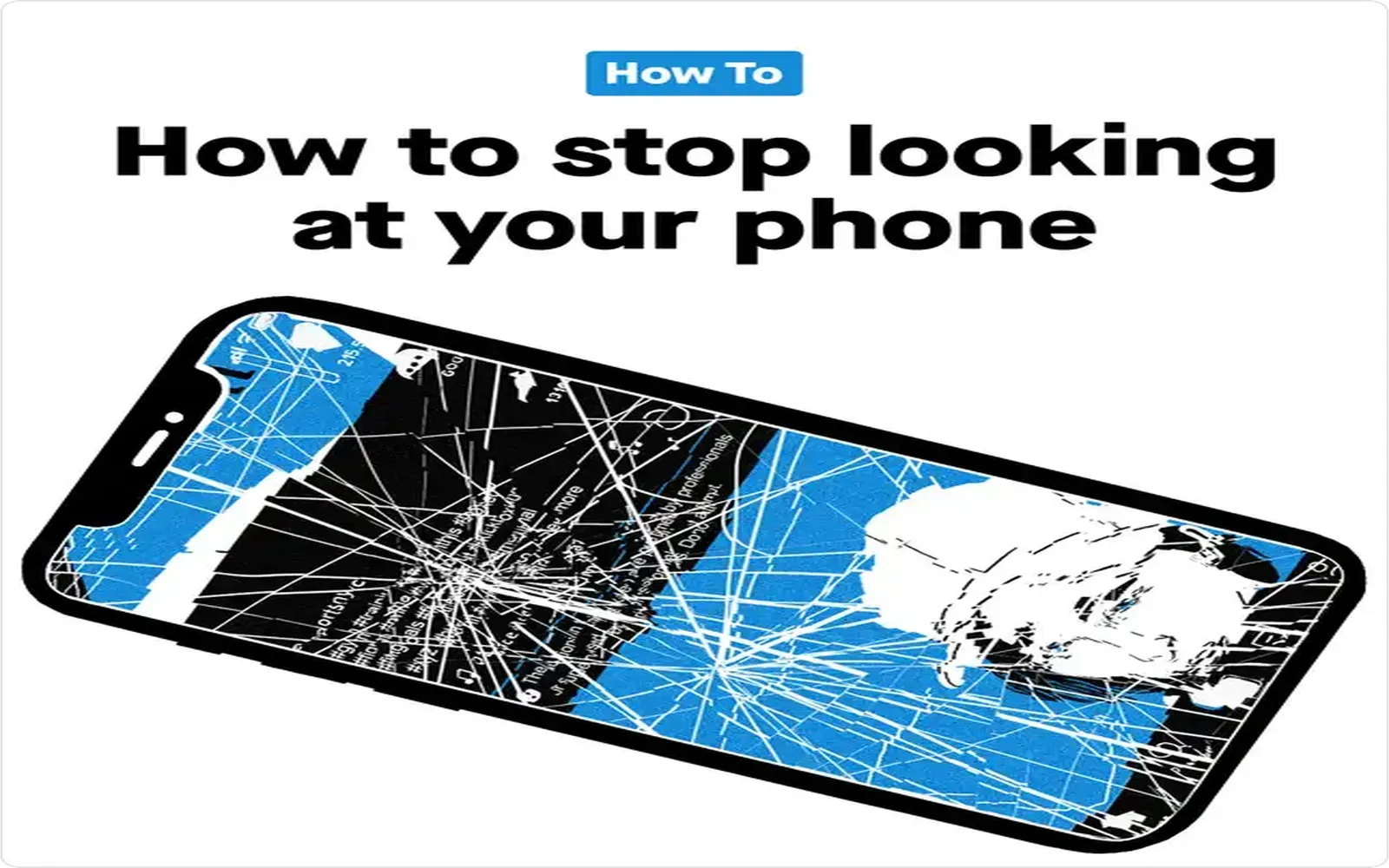In today’s digital age, excessive phone usage has become a common dilemma for many of us. I found myself constantly scrolling through social media and checking notifications, losing track of time and missing out on real-life experiences. This article outlines the strategies I employed to finally curb my phone usage, enhancing my productivity and overall well-being.
Understanding My Phone Habits
The first step in my journey was to analyze my phone habits. I used various applications to track my screen time, which revealed just how much time I was spending on my device. According to a study, the average person spends over three hours a day on their phone. This staggering number prompted me to take immediate action.
Setting Clear Goals
With the information gathered about my phone usage, I set specific goals for myself. I aimed to reduce my screen time by 50% over the next month. To achieve this, I created a chart to track my progress:
| Week | Screen Time (Hours) | Goal Achieved |
|---|---|---|
| 1 | 20 | No |
| 2 | 15 | No |
| 3 | 10 | Yes |
| 4 | 8 | Yes |
This chart not only helped me keep track of my progress but also motivated me to stay on course. The visual representation made it easier to see my improvements and areas that required more focus.
Implementing Digital Wellbeing Tools
Most smartphones come equipped with digital wellbeing features. I began utilizing these tools to set limits on specific apps that consumed most of my time. For instance, I set a daily limit of 30 minutes for social media applications. Once I reached that limit, the app would become inaccessible for the rest of the day. This simple yet effective method significantly reduced my urge to check my phone incessantly.
Creating Phone-Free Zones
Another strategy that worked wonders for me was establishing phone-free zones in my home. I designated areas like the dining room and bedroom where phone usage was prohibited. This allowed me to foster more meaningful interactions with family and friends during meals and encouraged better sleep hygiene at night. Without the distraction of my phone, I found myself engaging in conversations and activities that I genuinely enjoyed.
Engaging in Offline Activities
To further divert my attention away from my smartphone, I began exploring offline hobbies. I picked up reading, painting, and even started exercising regularly. Engaging in these activities not only filled the void left by reduced phone usage but also boosted my creativity and mental health. I realized that life outside the screen could be fulfilling and enjoyable.
Establishing a Morning and Evening Routine
I also developed a structured morning and evening routine that minimized phone interaction. In the mornings, I avoided checking my phone for the first hour after waking up. Instead, I focused on meditation and planning my day. In the evenings, I created a “technology curfew” where I would put my phone away an hour before bedtime. This practice improved my sleep quality and allowed me to wind down effectively.
Finding Support
Throughout my journey, I sought support from friends and family who had similar goals. We encouraged each other to stick to our commitments and even shared ideas for alternative activities. This sense of community played a crucial role in my success, as we held each other accountable while sharing our progress.
Reflecting on the Benefits
Since implementing these strategies, I have seen a significant transformation in my life. Not only have I reduced my screen time, but I have also become more present in my daily activities. My focus has improved, and I feel more connected to the world around me. Additionally, I have developed healthier habits that positively impact my mental well-being.
Conclusion
Ultimately, the journey to reducing phone usage is a personal one, and what works for me may not work for everyone. However, by understanding my habits, setting clear goals, and actively engaging in offline activities, I was able to achieve a healthier balance with my smartphone. If you find yourself struggling with phone dependency, consider implementing some of these strategies. With persistence and dedication, you too can reclaim your time and enhance your overall quality of life.





